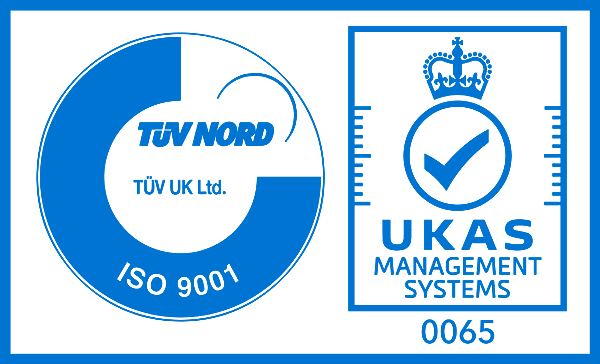[vc_row][vc_column][vc_column_text]At the heart of our our range of products are ultrasonic transducers. Based on a range of standard casings, we manufacture customised piezo-ceramic, piezo-polymer and piezo-composite transducers tailored to a customer’s specific requirements.
Customised transducers covering a frequency range from 500 kHz to 50 MHz have also been made for a wide range of environments from laboratory conditions to open-sea. Although corrosion resistant stainless steel cases are often selected, light-weight aluminium or CT and MRI compatible polymer casing options are available.[/vc_column_text][/vc_column][/vc_row][vc_row][vc_column width=”1/3″][mk_image src=”https://www.acoustics.co.uk/pal/wp-content/uploads/2016/11/pa-140.jpg” image_width=”600″ image_height=”400″][/vc_column][vc_column width=”1/3″][mk_image src=”https://www.acoustics.co.uk/pal/wp-content/uploads/2016/11/pa-134.jpg” image_width=”600″ image_height=”400″][/vc_column][vc_column width=”1/3″][mk_image src=”https://www.acoustics.co.uk/pal/wp-content/uploads/2016/11/pa-140.jpg” image_width=”600″ image_height=”400″][/vc_column][/vc_row][vc_row][vc_column][vc_column_text css=”.vc_custom_1627041528841{margin-bottom: 0px !important;}”]
Optimisation
From time to time, we are asked to undertake design refinements on pre-existing transducers. This could range from a simple modification through to a comprehensive product review and re-design.
It has often been the case that a detailed scientific understanding of ultrasonic transducers, combined with years of experience in hydrophone/transducer production can lead to significant product enhancements.
To illustrate the type of optimisation work, here are a couple of recent examples:
Case Study 1: Haemodynamic Monitoring Transducer
Deltex Medical approached us to undertake some acoustic output measurement on some prototype transducers for their next generation of equipment. The results of this and additional third party measurements indicated that the transducers were performing differently from initial expectations.
We followed this with a design review of the prototype transducers, and this process revealed that impedance mismatch problems were a significant factor in the non-optimal performance of these transducers. We were then commissioned to design and implement some impedance matching networks for these prototype devices.
Once these networks were installed there was a significant increase of acoustic output of the transducers, as well as a marked improvement in their third harmonic rejection.
Case Study 2: Reference Sources for National standard calibrations
Monitoring of acoustic emissions is a rapidly growing industry, but as yet there is little in the way of standardisation. It was felt by the National Physical Laboratory [NPL] (London) that one of the key limitations was the absence of a repeatable, calibrated reference source.
Their initial prototype source was found to have some serious limitations, and we were asked to produce a second-generation device.
The solution that was developed comprised a transducer casing into which a range of different conical piezo-electric elements could be fixed. The inter-changeability allowed a number of different configurations to be examined in order to determine the optimum transducer geometry.
The entire active assembly was sprung loaded to ensure that the apex of the conical element was always in contact with the calibration test block. Initial results indicate that this re-design shows significant improvement in performance over the original device.
Another branch of NPL needed a reference source for use as part of their hydrophone calibration service. Existing transducers were only available over limited bandwidth and this was limiting measurement efficiency, so we produced a customised piezo-composite transducer with sufficient signal to noise ratio so that it could be used for calibration in the range 0.1 MHz to 1.6 MHz.
If you would like further information about about our range of transducers, or have an optimisation or development requirement, why not get in touch for a chat?[/vc_column_text][/vc_column][/vc_row]

